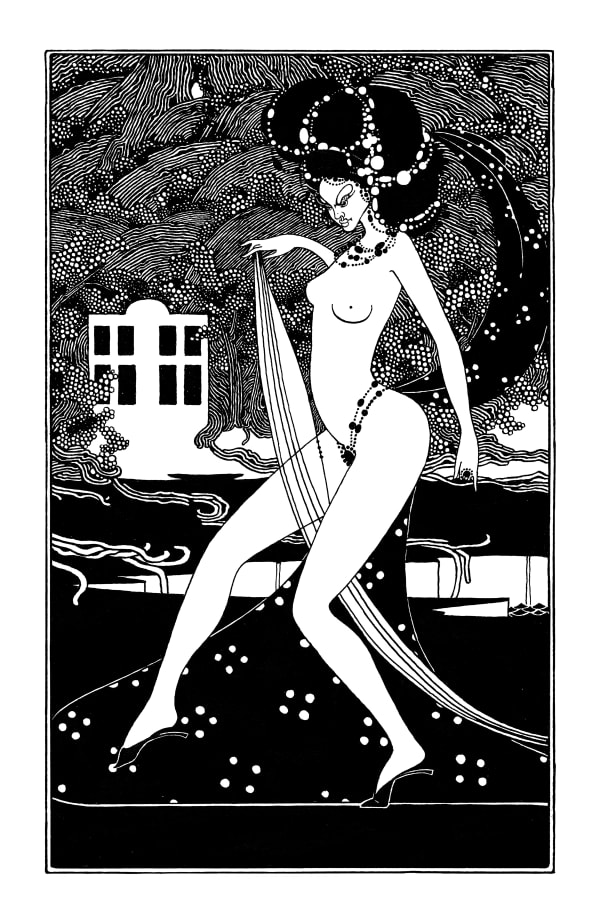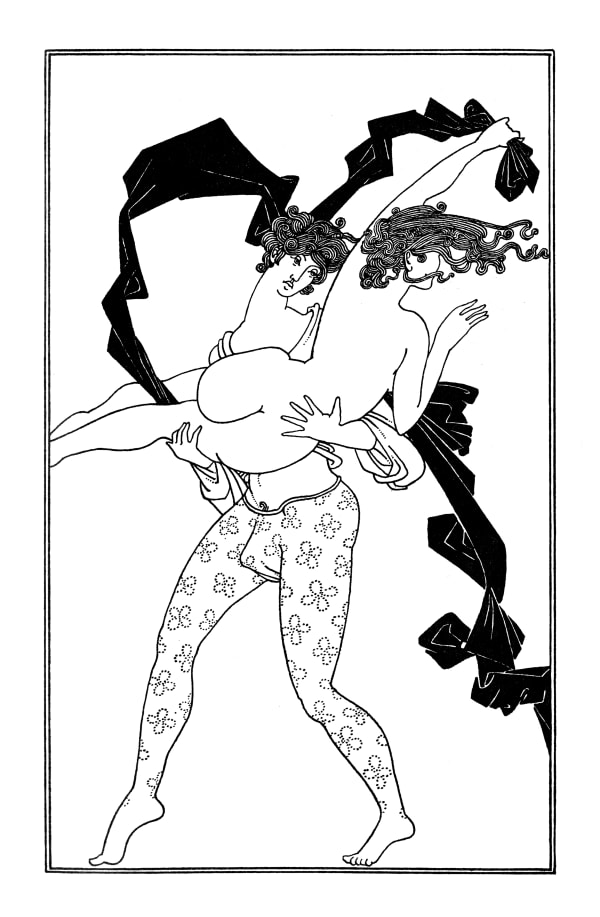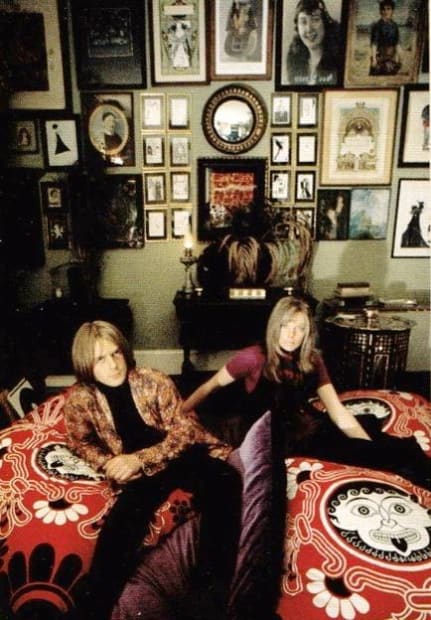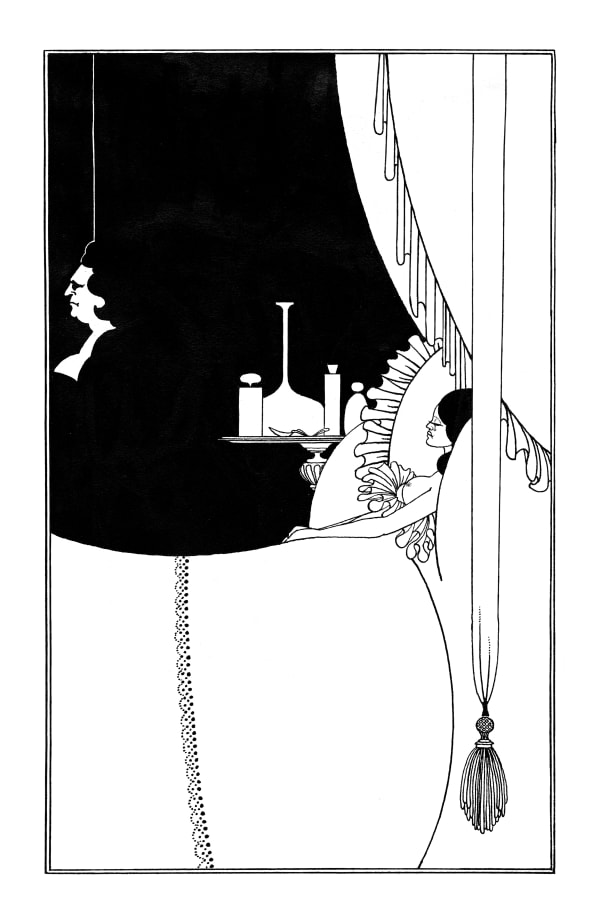-
Antony Little
Celebrating the Draughtsmanship & Design of the 1960s -
Tristan Hoare and Orson Fry are delighted to present a talk and exhibition by British illustrator and designer Antony Little, for one night only in Fitzroy Square on Wednesday 18th October.
Renowned for his designs for the iconic sixties boutiques Biba and Hung on You, Antony also co-founded the luxury wallpaper and fabric company Osborne & Little. This exhibition, curated by Orson Fry, opens on 18th October 2023 and will be a unique opportunity to hear about Antony’s creative life in his own words.
-
-
-
-
Antony & Aubrey (1967)
-
In 1967 Antony was approached to illustrate an edition of short stories by the French surrealist poet Guillaume Apollinaire. He combined his draughtsmanship and rich imagination to deliver sixteen exquisite black and white illustrations in the manner of Aubrey Beardsley. Expressing the macabre, outrageous, witty, and erotic nature of the stories, they became wonderful works of art in their own right.
-
-
The Dancer (1967)
-
"This figure is inspired by Salome, daughter of Herod II. As one can see it’s set to look like something out of the Jordan Valley. The house is a simplified dome which helps place it. The crevice in the ground, there’s meant to be water at the bottom of it. It’s a curious setting and the figure, inspired by Salome, is also, I realise, inspired by my wife Jennifer’s friend April Ashley [model and activist who underwent one of the first ever sex reassignment surgeries] which was a coincidence. She doesn’t have April’s big hands… April was very ahead of her times."
-
-
Bring Me The Head Of The Baptist (1968)
-
-
The Poets’ Napkin (1967)
-
-
Otmika (1967)
-
-

-
-
The Matron's Victim (1967)
-
"People might wonder what this drawing means... The figure on the left, who has the curious drawing feature of a line landing on her head, I would call the Matron. That rather unpleasant creature is looking after the young girl in bed, who is possibly ill or dying. The young girl is obviously beautiful and weeping, and her exposed breasts are beautiful, and beside her on the table is a variety of containers and a spoon, and the spoon was used to spoon medicine into this poor girl’s mouth. I think that it illustrates the sadness of this pretty girl being dominated, kept alive, or dead, by this bossy-looking figure. The matron’s expression and part of the scenery is an expression of authority over those that are ill. I would say the most descriptive element is the spoon. It’s the murder weapon really. In the history of Western Civilisation, the amount of people who were poisoned is amazing, like in Gibbon’s Decline and Fall, half of the people in that were suspected of being poisoned."
-
-
Que Vlo-Ve? (1967)
-
Antony Little: Viewing Room
Past viewing_room









